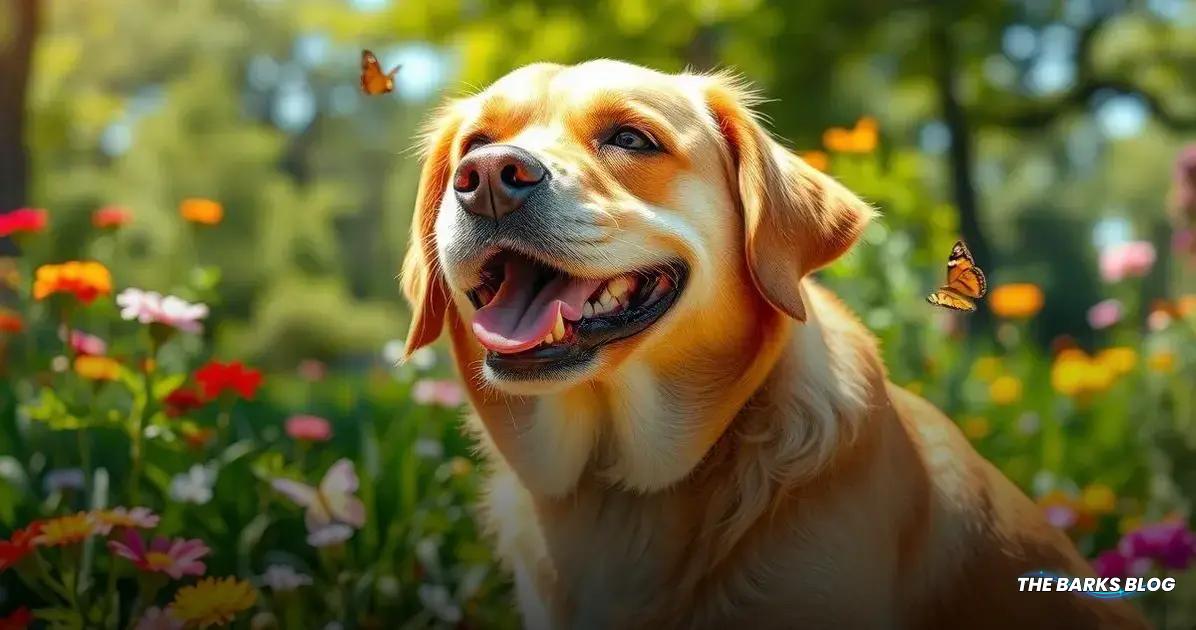Dog warts, caused by the canine papillomavirus, are rough, cauliflower-like growths commonly found on the lips and inside the mouth of dogs, particularly in younger pups. While they are contagious among dogs, they are not transmissible to humans. Most warts are harmless and will resolve as the dog’s immune system matures, but it’s important to monitor them for changes or signs of infection and consult a veterinarian for regular check-ups to ensure your dog’s health.
It can happen without warning: You’re happily admiring your furry friend’s adorable smile and there it is—a wart! These bumps, known as dog warts, can appear suddenly and spread quickly.
From identifying where canine warts come from to removing these not-so-pretty skin growths, we’ve outlined everything you need to know about them.

What Do Dog Warts Look Like?
What Do Dog Warts Look Like?
Dog warts typically have a rough texture, resembling small cauliflower-like growths. You might notice just one wart or a cluster of them grouped together. While most warts are relatively easy to spot, dog eyelid warts can be a bit trickier. They often blend in with the skin’s color, so you’ll need to look closely for any bumpy spots near your furry friend’s eyes.
These warts can vary in size and may appear anywhere on the body, but they are most commonly found on the lips and inside the mouth. Keep an eye out for any changes in your dog’s skin, as early detection can be key in managing their health.
Regular grooming and checking your dog’s skin can help you identify these growths early on, ensuring that you can consult with your veterinarian if needed.

How Do Dogs Contract Warts?
How Do Dogs Contract Warts?
Dogs acquire warts through contact with an infected dog, primarily due to the canine papillomavirus. This virus is especially common among puppies under two years old, as their immune systems are still developing and may not be strong enough to fend off infections.
After exposure to the virus, it usually takes about one to two months for warts to appear. It’s important to note that while dog-to-dog transmission is common, the virus cannot be spread to or from other animal species. So, there’s no need to worry about catching warts from your furry friend!
Regular playdates or visits to dog parks can increase the risk of exposure, so keeping an eye on your pup’s interactions with other dogs is a good practice. If your dog has had contact with another dog that has warts, monitor them closely for any signs of growths.
Conclusion
Managing dog warts may seem daunting at first, but understanding what they are and how they form can empower you as a pet owner.
Most warts are harmless and will resolve on their own as your dog’s immune system strengthens.
However, keeping a close watch on any changes in your dog’s skin and consulting with your veterinarian when necessary is crucial for ensuring your furry friend’s health.
By staying informed and proactive, you can help your dog navigate the challenges of canine papillomavirus and enjoy a happy, healthy life together.
FAQ – Frequently Asked Questions about Dog Warts
What causes dog warts?
Dog warts are caused by the canine papillomavirus, which is transmitted through contact with an infected dog.
Are dog warts contagious to other dogs?
Yes, dog warts can be contagious and are commonly spread through dog-to-dog contact.
Can humans catch warts from dogs?
No, the canine papillomavirus cannot infect humans, so you don’t need to worry about catching warts from your dog.
Do all dogs get warts?
Not all dogs will get warts; they are more common in younger dogs with immature immune systems.
How can I tell if my dog’s wart is infected?
Signs of infection may include redness, swelling, bleeding, or discharge from the wart. If you notice any of these symptoms, consult your veterinarian.
What should I do if my dog has warts?
Most warts do not require treatment and will resolve on their own. However, monitor them for any changes and consult your veterinarian if they cause discomfort or show signs of infection.




